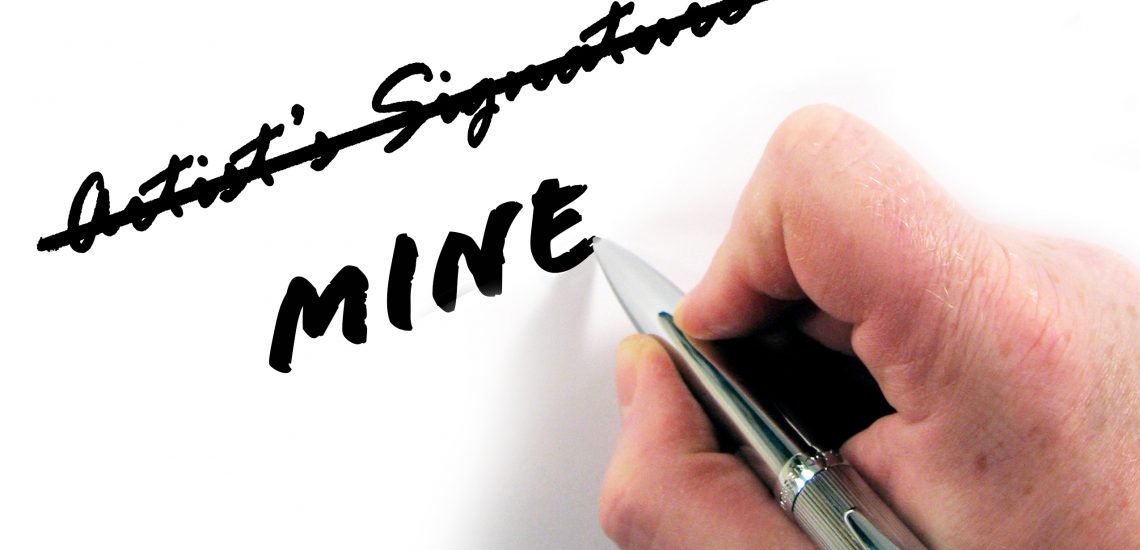Plagiarism, whether accidental or on purpose, remains a concern for many people who create content. Thanks to technology, it’s easier to detect plagiarism and revise your content before it causes problems. This blog educates readers on how to avoid plagiarism and what to do in case they encounter plagiarized content.
Nowadays, thanks to technology, accidental or on-purpose plagiarism can become a real possibility.
For an average tech-savvy teacher, a quick Google search can reveal plagiarized material. Luckily, there are tools that allow us to easily detect if any material is plagiarized. There are ways to avoid plagiarism.
How do you avoid plagiarism?
One of the ways to avoid plagiarism is to cite your sources, whenever you are in doubt, it’s better if you cite them. You want to have credit for your ideas however, there are times that it’s not clear where an idea came from if it came from you, or from someone else and you have only changed it a little. You can use Smodin’s Citation Machine, whether you need APA, MLA, ISO690, Chicago, or more citations in English or in other languages, our free online citation generator can produce them with the click of a button. Citations are required in published written works for validity and to avoid plagiarism. Using the correct citation style is equally important because if you insert the citation incorrectly, it could be considered invalid and could be marked for plagiarism.
Different Ways to Avoid Plagiarism
As a trusted provider of plagiarism detection tools, Smodin has received many inquiries about how to avoid plagiarism. The simple answer is to do your own research and write unique content based on what you learned. But there are many layers to plagiarism — oftentimes, it isn’t even intentional.
Here are different ways you can avoid plagiarism in research papers and other types of written content:
Cite References and Resource Materials
Citation is the first step to making sure your work isn’t plagiarized. It’s inevitable that you will share ideas with other people and gather inspiration from other published work, especially in the academic field, so always cite your references and examples.
Communicate Well with Teachers and Advisers
Communication is part of writing original content. Talk to your teachers, academic advisers, or supervisors for any questions you may have about your resources or citations. They might be the best person to give you advice on how plagiarism can be avoided.
Learn the Principles of Good Academic Practice
The best way for you to avoid plagiarism is by learning and observing the basic principles of good academic practices. It means actually reading through your materials and references and writing original content based on your research and informed opinions.
Arm Yourself with Proper Plagiarism Detection Tools
Whether you’re demonstrating your academic research skills or publishing blogs that put your brand at the forefront of your industry, you have to make sure that your content is unique. Your work shouldn’t just be informative and read well to the audience. It has to be original.
Utilize the right plagiarism detection tools to make sure your content isn’t a copy of someone else’s. At Smodin, our plagiarism-checking algorithm filters generic phrases and cited sources to save you time and energy. Type in your inquiries in the comment section below!
